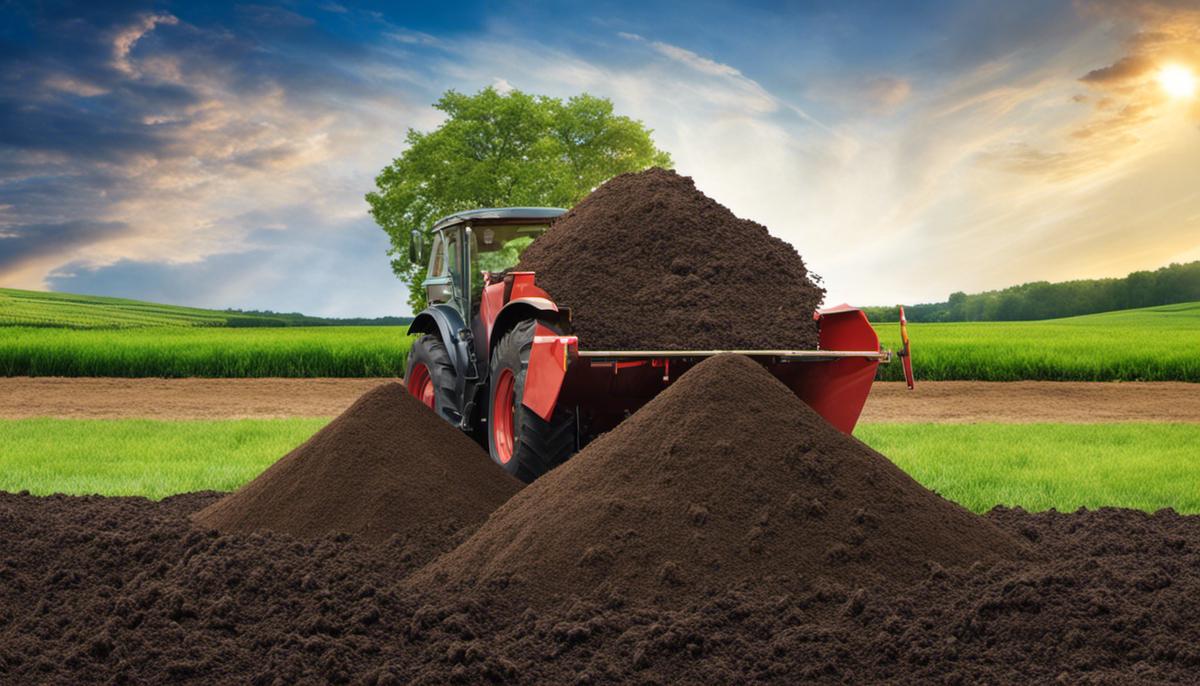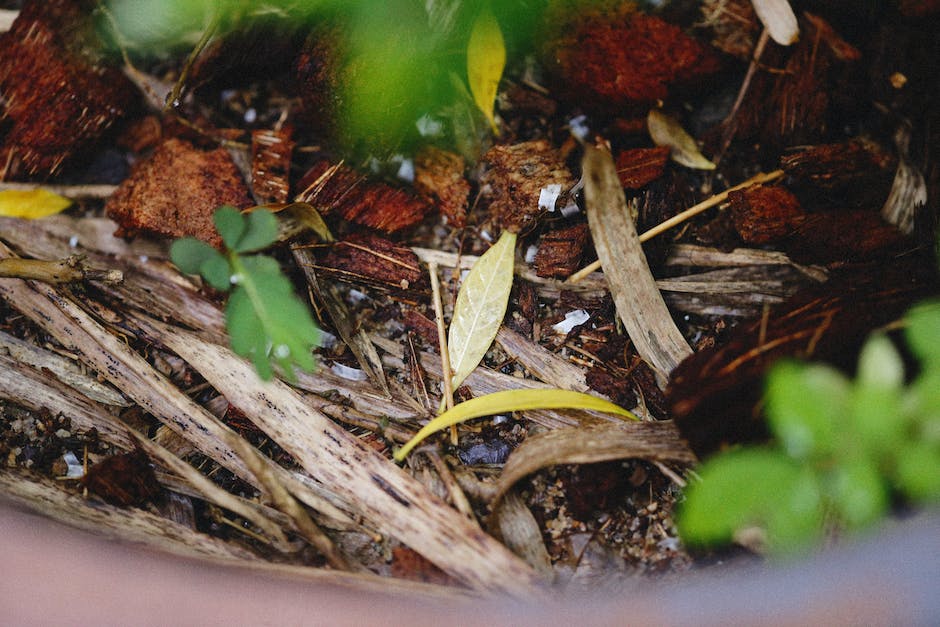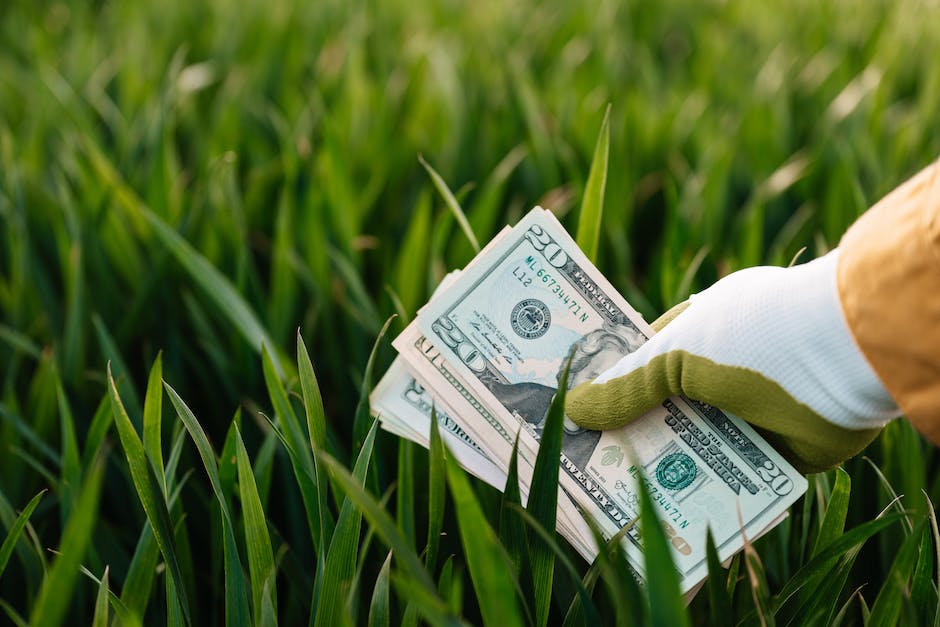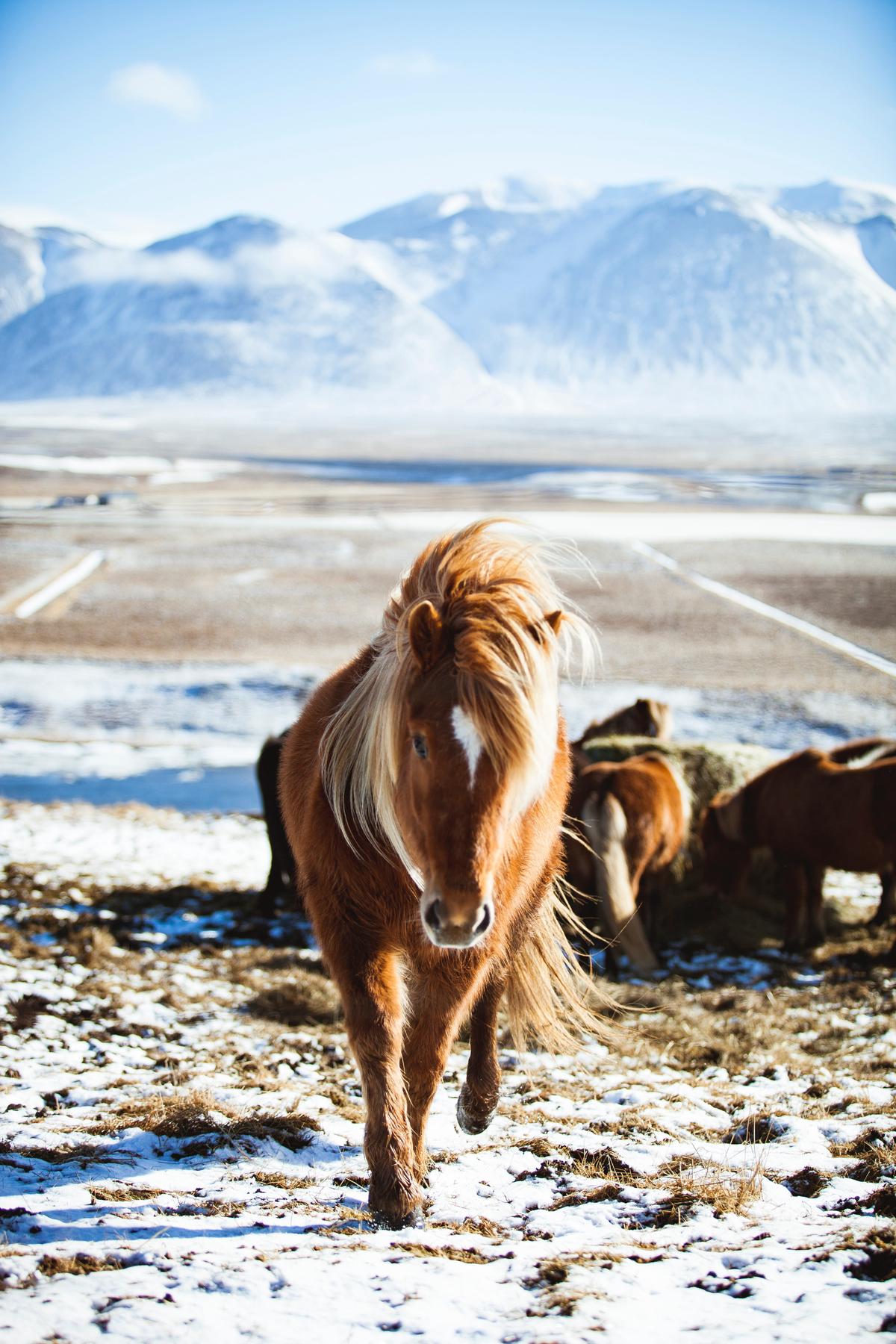Unearthing the Value of Horse Manure in Gardening

When it comes to creating a flourishing garden, the wonders of horse manure are often overlooked. This natural fertilizer, an abundant byproduct of horses, is a veritable treasure trove of vital nutrients such as nitrogen, potassium, and phosphorus. More than just waste, horse manure carries the potential to revitalize your garden, turning it into a vibrant oasis. This paper dives into the myriad benefits offered by horse manure, seeking to unveil its composition and benefits, elucidate the composting process, and discuss potential risks and mitigations. Horse manure’s impact on soil structure, water retention, microorganism population, and overall garden health are explored in depth, providing a comprehensive view into the advantages of this often disregarded resource.
Understanding The Make-Up of Horse Manure
The Nutritional Goldmine: Why Horse Manure Spells Blossoming Success for Your Garden
Gardening aficionados, green thumb adventurers, and blossoming beginners! We’re about to delve into the nutrient-rich world of horse manure and discover why it’s one of the unsung heroes of a thriving garden. There’s something sincerely satisfying when the garden begins to flourish, imbued with a wondrous mix of color and growth. Today, we’re going to explore a peculiar yet potent agent of such blooming success – horse manure.
First and foremost, what exactly is nestled within this stable byproduct that makes it so valuable? At its core, horse manure is a veritable cocktail of vital nutrients ideal for our precious plants. Rich in nitrogen, a key growth nutrient, horse manure enables plants to build proteins and grow healthily. Also found are phosphorus and potassium, which respectively contribute to energy processes and root growth.
However, there’s more to horse manure than just a dump of elemental nutrients. Due to the horse’s unique digestive system, this manure usually contains undigested fibrous materials. These materials, coupled with the presence of quality bedding straw or wood shavings, make horse manure an excellent source of organic matter, which improves soil structure, water-holding capacity, aeration, and root penetration.
What’s more? Horse manure is a gardener’s ally in organic gardening, promoting beneficial soil organisms. It encourages the proliferation of earthworms, those wriggly invertebrates seen rifling through healthy soil. Earthworms not only aid water flow through soil but also process organic matter, leaving behind nutrient-saturated waste that enriches the soil even further.
Another reason why horse manure stands out is its convenient availability and affordability. Horse-owning neighbors or local farms often willingly give it away, provided it’s being put to good use. For city dwellers, there are a plethora of online stores and local gardening shops stocking this fantastic fertilizer.
However, every magic potion comes with a caution label! Fresh horse manure can be too potent and may ‘burn’ plants due to excessive nitrogen. The best practice is to compost it meticulously before application. Composting breaks down volatile compounds, kills weed seeds and parasites, and makes nutrients more plant-accessible. A six to twelve-month resting period in a compost pile can transform raw horse manure into a garden-boosting superstar.
Throughout the centuries, garden whisperers have touted the benefits of horse manure, their voices echoing through the flourishing rows of plants and the blossoming canopies of trees. Today, we listen and learn from that wisdom, embracing this natural, nutrient-dense, and environmentally-friendly choice for our gardens. Horse manure, with its nutrient profile and soil-improving qualities, champions the way towards rich harvests and vibrant gardens—a testament to a gardener’s friendship with horses that spans beyond the stables. The garden’s secret hero, horse manure, is truly the gardener’s gold.

Benefits to Soil Structure and Garden Health
Title: Use Horse Manure to Unlock Your Garden’s Full Potential
Horse manure is true multipurpose gold for any avid gardener. This phenomenal, readily available resource may just hold the key to enriching gardens in ways one might never have imagined. Once past the introductory understanding of its value, and with a firm grasp of its nutrient content, the real magic begins to shine in the practical application.
Rich in nitrogen, phosphorous, and potassium, horse manure, when properly composted and utilized, can significantly aid in bridging the fertility gap in many garden soils. This can be especially important for nutrient-hungry plants striving to take their beauty and productivity to the next level. Composted horse manure is superior in activating soil fertility while ensuring gentle, balanced nourishment for plant roots.
Another less-known advantage of horse manure revolves around the crucial role it plays in enhancing soil structure. The undigested fibrous materials present in horse manure act as natural soil conditioners. These fibers help in augmenting soil aeration and water retention capabilities. This results in better root penetration, which, consequently, guides plants towards healthier, more vibrant growth.
Moving further down into the soil ecosystem, the implications of spreading composted horse manure extend to the enhancement of the soil’s microcosm. With its composition, horse manure supports an array of beneficial soil organisms. Among these, earthworms stand out for their irreplaceable role in improving soil quality. Their burrowing actions coupled with the digestion of organic matter contribute to improved soil fertility, structure, and drainage.
Onto the practicality of using horse manure in gardens. With stables and farming communities often burdened with surplus manure, securing a reliable source may be easier than one expects. Not only is horse manure often easily accessible and budget-friendly, but the utilization also supports sustainable farming practices. However, it’s paramount to heed the note of caution against using fresh manure directly, as its high heat can harm plants. Always opt for well-aged or composted manure to ensure rich, safe soil nourishment.
Stepping back, the use of horse manure in gardening is an age-old practice that has its roots deeply embedded in human history and culture. Many an ancient, thriving garden owes its bountiful yield and flamboyant beauty to this humble byproduct. Embracing this tradition not only echoes the harmonious interaction between man, animals, and nature but also paves the way for future generations towards eco-friendly, sustainable gardening.
Ultimately, donning the hat of a gardener is about unfolding growth stories, season after season. Maybe this season, the transformative power lies in that pile of horse manure, ready to catalyze an extraordinary growth saga right within your garden! So why wait? Start exploring the possibilities of this natural treasure and watch your garden flourish beyond expectations. After all, a prosperous garden not only feeds bodies, but it also nourishes souls.

The Composting Process of Horse Manure
Devising a Step-by-Step Guide to Composting Horse Manure
In the world of sustainable gardening, horse manure stands undisputed as a champion compost ingredient. Building on our deep understanding of the manifold benefits this abundant resource holds, let’s uncover the steps to creating a rich horse manure compost, thereby ensuring bountiful and healthy gardens.
First and foremost is gathering your horse manure. Ideally, you want a year’s worth of waste from one horse or comparably less if using manure from several horses. Keep in mind, the older the manure, the better, as fresh manure can be too potent and might scorch plants.
Secondly, select an appropriate composting site. It needs to be large enough for a compost heap while being away from water sources to prevent runoff pollution. The site should also have good access for turning the heap and transporting the final compost.
Next, layer your materials. Begin with a thick stratum of dry organic matter, like straw or fallen leaves, to aid aeration. Then add a layer of fresh material – horse manure in our case. Continue this layering process, almost like making a lasagna, aiming for a ratio of two parts browns to one part greens. The ‘greens’ provide vital nitrogen while the ‘browns’ ensure adequate carbon supply.
Highly beneficial to this process is adding a compost accelerator. It’s a concoction of nutrients that encourage faster decomposition, readily available in garden stores. This addition is not compulsory but certainly advantageous for a quicker composting process.
The subsequent step is turning the heap regularly. It increases oxygen supply, an essential element for the microbes at work. Turning every few weeks is optimal; however, if the pile seems to be drying out or dampening excessively, more frequent attention might be required. The heap should be kept as damp as a wrung-out sponge to maintain microbiological activity yet avoid waterlogging.
Finally, after your careful tending for six to twelve months, the compost is ready! It should be dark, crumbly and have a pleasant, earthy smell. It’s time to feed this black gold to your garden and see the magic unfold!
Importance of Composting Horse Manure
Composting horse manure serves a dual purpose, sustainability and fertility. It reduces waste going into landfills while maintaining a closed-loop nutrient cycle. Moreover, composted manure possesses a more stable nutrient composition compared to fresh manure, making nutrients more accessible to plants.
Furthermore, composted horse manure can combat several soil-related issues. It not only improves soil texture and water holding capacity but also rectifies nutrient deficiencies, thereby promoting healthier plant growth. It certainly puts a “green” thumb in the cap of any gardening enthusiast!
In conclusion, composting horse manure does take effort and patience. However, the reward outweighs the investment, contributing to more robust garden health while enabling us to tread lightly on the earth. Time to pitchfork in, folks! The world of composting is ready and waiting!

Potential Risks and Mitigation Measures
Now, let’s carry that conversation further to understand the flip-side – the potential risks of using raw horse manure and how they can be mitigated.
Every rose has its thorn, and despite the many bountiful benefits of using horse manure in gardening explored in previous discussions, it does come with its share of caveats. One of the primary concerns tied to the use of raw horse manure is the risk of unwittingly introducing pathogens and weed seeds into the garden.
Horses’ digestive systems are not perfectly efficient, often allowing weed seeds to pass through undigested and remain viable. When spread in the garden, these seeds can thrive and outcompete cultivated plants for resources. Furthermore, raw manure can harbor pathogens such as E. coli or Salmonella, which pose risks to human health, especially when used in vegetable gardens.
There’s also the risk of ‘burning’ plants. Fresh horse manure is high in ammonia which can be too strong for plants and may burn their roots. Moreover, the high salt content of some manure can damage soil structure over time, resulting in poor water penetration and drainage.
But fear not, enthusiast gardeners! These issues can be resolved with just a bit more forethought, planning, and patience – primarily by composting horse manure correctly before it ever reaches your beloved garden beds.
Ensuring the compost heap reaches a temperature of at least 130°F (55°C) for a few consecutive days during the composting process can contribute to killing weed seeds and pathogens. Regular temperature checks using a compost thermometer can be helpful in achieving this.
Moreover, it is crucial to ensure the composted manure is well-rotted and mature before it’s added to the soil. This maturity can be determined by its color turning dark brown, its texture becoming crumb-like, and a pleasant, earthy odor replacing the smell of ammonia.
Incorporating a variety of organic materials such as leaves, straw, or vegetable scraps to your compost heap can provide a balanced nutrient mixture, preventing the high salt buildup that may occur with horse manure alone.
As for concerns about ‘burning,’ using well-composted manure can avoid this problem. The composting process allows for the ammonia and other volatile compounds to break down and mellow over time, rendering it safe for plant roots.
To sum up, while raw horse manure does pose certain risks to gardening, it’s nothing that can’t be alleviated by practicing effective composting methods. With these insights, one can confidently turn perceived obstacles into stepping stones, harnessing horse manure’s full potential while safeguarding the health of your garden and its keepers safe. Now, let’s gear up those gloves, for there’s composting pending and then a garden full of blooms awaiting!

Photo by dominostudio on Unsplash
Indeed, horse manure emerges as an indispensable ally in the quest for robust and lush gardens. Its wealth in essential nutrients and organic matter, paired with its ability to improve soil structure and introduce beneficial microorganisms, empowers home gardeners and professional horticulturists alike. While composting horse manure may seem like an extra step, it’s clear that the benefits derived far outweigh the effort, turning this simple task into a gardening essential. But like with all good things, moderation and informed usage are critical. With a proper understanding of horse manure, we can mitigate the risks and harness this valuable resource to cultivate thriving plants and beautiful landscapes.



